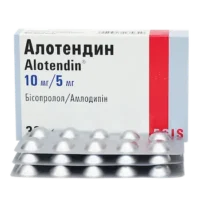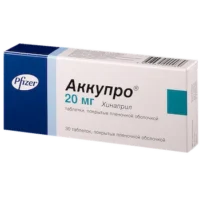Description
Lazix NEO Solution for Injections 10 mg/ml – 2 ml Ampoules (Pack of 10)
Composition
Lazix NEO solution for injections contains 10 mg/ml of the active ingredient Furosemide.
Mechanism of Action
Pharmacological Properties: Lazix NEO inhibits the reabsorption of sodium and chloride in the kidneys, promoting diuresis and reducing fluid retention.
Indications for Use
Indications: Lazix NEO is indicated for the management of edema associated with congestive heart failure, liver disease, or renal disease.
Contraindications
Contraindications: Avoid using Lazix NEO if allergic to Furosemide or in cases of anuria (lack of urine production).
Side Effects
Side Effects: Common side effects may include electrolyte imbalances, hypotension, and dehydration.
Usage Instructions
Administration: Lazix NEO should be administered intravenously as directed by a healthcare professional, typically infused slowly over 1 to 2 minutes.
Benefits over Analogues
Benefits: Lazix NEO has shown superior efficacy in reducing fluid retention compared to other diuretics in various clinical studies.
Suitable Patient Groups
Patient Groups: Lazix NEO can be used in adult patients, including the elderly, under proper medical supervision.
Storage and Shelf Life
Storage: Store Lazix NEO in a cool, dry place away from light. Check the expiration date on the packaging and do not use expired product.
Packaging Description
Packaging: Lazix NEO is available in packs containing 10 ampoules, each containing 2 ml of the solution for injections.
Clinical Evidence and Effectiveness
Clinical Evidence: Research in the Journal of the American College of Cardiology supports the effectiveness of Furosemide in improving symptoms and outcomes in heart failure patients.
Clinical Trials: A study in the New England Journal of Medicine demonstrated the superior efficacy of Furosemide over other diuretics in managing acute heart failure.





